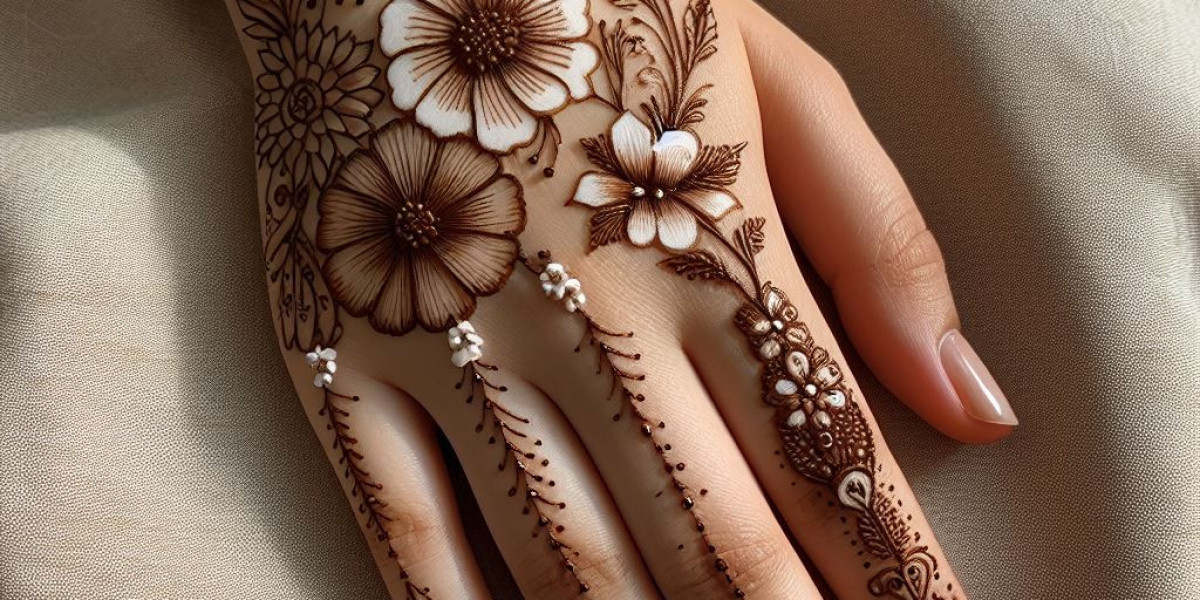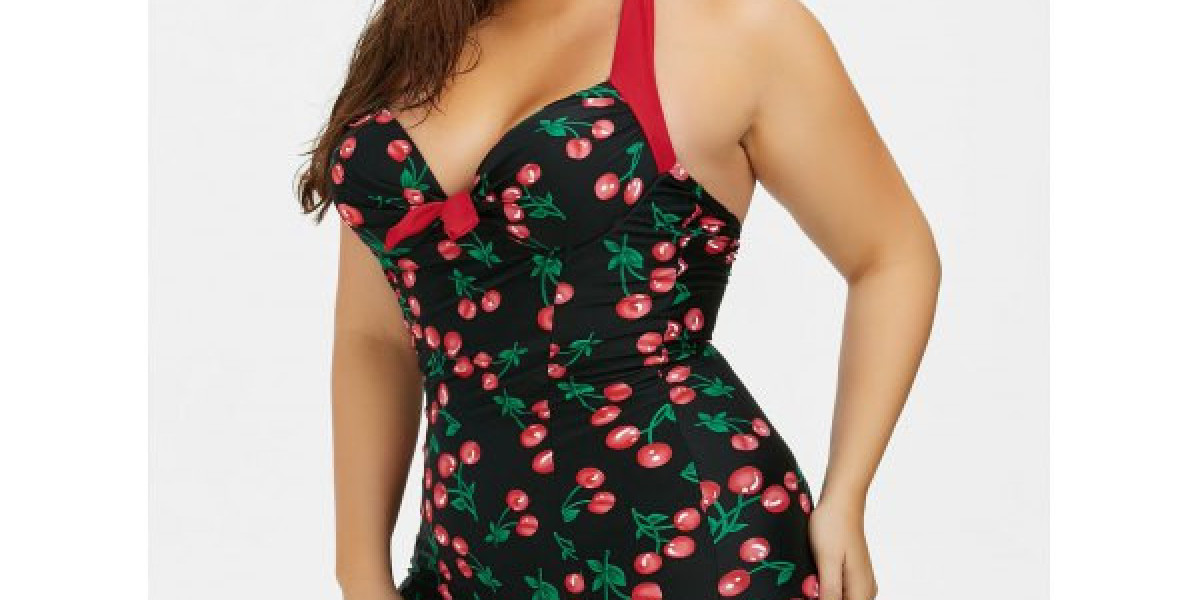In recent years, the short hand mehndi design has emerged as a significant trend within the realm of traditional mehndi art, bringing with it a wave of creativity and innovation. This modern twist on classic designs encapsulates the essence of cultural heritage while embracing contemporary aesthetics. By integrating colors into short hand mehndi designs, artists and enthusiasts alike are exploring new horizons, crafting visuals that are not only eye-catching but also imbued with personal meaning and stylistic diversity.
The Evolution of Mehndi Art
Historically, mehndi (or henna) has been a form of body art deeply rooted in the cultural traditions of the Middle East, North Africa, and South Asia. Traditionally applied using a paste made from the powdered leaves of the henna plant, mehndi designs are known for their intricate patterns that symbolize joy, beauty, and spiritual awakening. The classic mehndi has always been revered for its natural reddish-brown stain, but the advent of short hand mehndi design signifies a shift towards more versatile and expressive forms.
Incorporating Colors into Traditional Designs
The incorporation of colors into short hand mehndi designs marks a significant departure from traditional practices. Artists now employ a variety of pigments to add vibrancy and depth to their creations, transforming the skin into a canvas for their artistic expression. This innovation not only enhances the visual appeal of mehndi art but also allows for personalization and thematic alignment with events such as weddings, festivals, and other celebrations.
Expanding the Palette: Beyond Brown and Red
The exploration of color in mehndi design extends beyond the conventional brown and red hues, embracing a spectrum of colors that include gold, silver, blue, and even neon shades. These colors are either integrated within the henna paste or applied atop the dried henna, creating multidimensional designs that captivate and enchant. This expanded palette enables artists to match mehndi designs with attire, event themes, or even the individual's personality, offering a bespoke touch to each application.
Techniques and Materials
Incorporating colors into short hand mehndi designs requires not only creativity but also mastery over various techniques and materials. Artists may use colored gels, acrylic paints, and even glitter to achieve the desired effect. The choice of materials is crucial, as it must ensure longevity, skin compatibility, and vibrancy of color. Furthermore, the application techniques have evolved, with artists now able to create gradients, shadows, and even three-dimensional effects that add depth and realism to the designs.
Cultural Significance and Acceptance
While purists may debate the authenticity of colored mehndi designs, there's no denying the cultural shift towards acceptance and appreciation of this evolution. Colored mehndi represents a fusion of tradition and modernity, symbolizing the dynamic nature of cultural practices. As societies evolve, so do the expressions of art and beauty, with short hand mehndi design standing at the forefront of this transformation.
In conclusion, the integration of colors into short hand mehndi designs represents a significant milestone in the evolution of traditional mehndi art. This trend not only broadens the scope of artistic expression but also reinforces the enduring relevance of mehndi in contemporary culture. As artists continue to explore and innovate, the future of mehndi design promises even more diversity, creativity, and color, enriching the world with its boundless beauty and charm.








